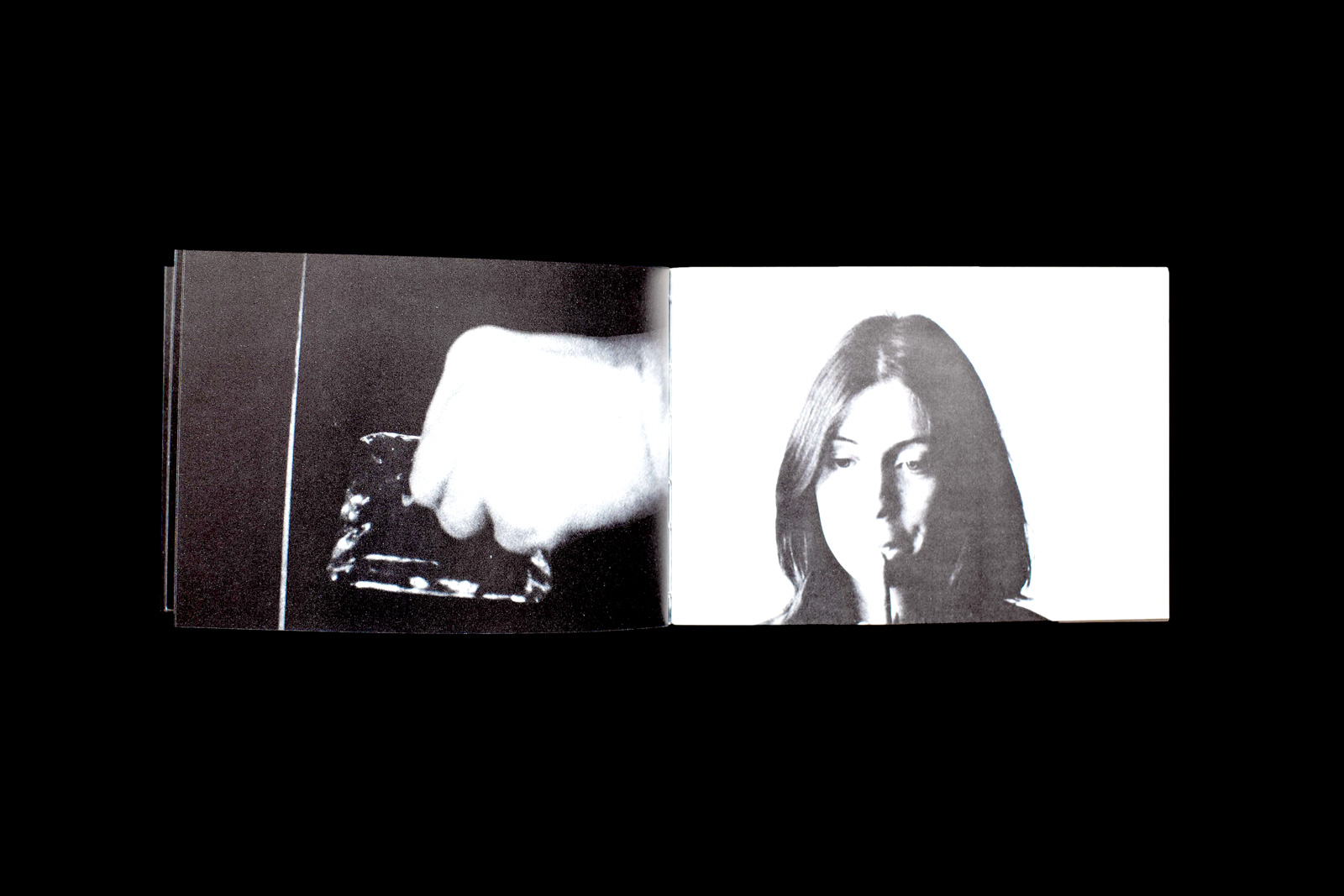Librarti / Four Events and Reactions by John Baldessari
Librarti
A Living Room column / Book recommendations by Florentine publishing house Centro Di which focus on the analysis and the history of ‘libri d’artista’, in which works of art take the form of a book.
living room
centro di
TIME
For the theme of Time, we at Librarti chose an artist’s book by John Baldessari that was first published in 1975 by Centro Di and the Sonnabend Gallery in Paris on occasion of the exhibition held at the Stedelijk Museum in Amsterdam held between November 1975 and January 1976.
John Baldessari, who passed away in January of this year at 88 years of age, was one of the most important artists in the international Conceptual Art movement.
Baldessari won the Leone d’Oro prize at the Venice Biennale in 2009. In the 1960s and 70s he was an extraordinary innovator who transformed the way in which future generations created art. He seduced viewers with his humor, his conceptual art and its prolific appropriation of media imagery using unconventional methods which convey subtle considerations.
Baldessari’s boundless curiosity drove his prodigious creative output, making him an imposing figure in the art world. His ‘text and image’ paintings from the mid-1960s are widely acknowledged as some of the first examples of Conceptual Art.
His photography from the 1980s, derived from film frames, is considered fundamental for the development of art based on the appropriation of imagery which addresses the social and cultural impact of mass media. Baldessari’s exploration of written and visual language questions the very nature of communication (a subject which becomes evermore complex as technology progresses).
Baldessari always kept apace with his times — even his most recent work is in line with the changes in contemporary art and culture — never repeating himself or being mired in the past. Emblematic of this attitude towards his own work was when he burnt all his old pieces in a notorious performance aptly entitled The Cremation Project (1970). After having destroyed over one hundred pieces produced between 1953 and 1966, the artist had the remains cremated in a sort of ‘artistic funeral’. Baldessari then used the ashes as an ingredient for cookies which he later placed in an urn whose bronze plaque displayed the dates of birth — and death — of the paintings whose remains it contained. He also included the recipe he used to make the cookies.

Baldessari worked with various mediums and forms, creating paintings, films, videos, prints, photographs, texts, drawings, sculptures, and, of course, books. He created a great number of artist’s books, amongst which the following are especially worth noting: Choosing: Green Beans (Edizioni Toselli, 1972), Ingres and Other Parables (Studio International Publications, 1972), and Throwing Three Balls in the Air to Get a Straight Line (Best of Thirty-Six Attempts) (Giampaolo Prearo Editore e Galleria Toselli, 1973).
Four Events and Reactions
BY John Baldessari
Centro Di, Firenze / Galerie Sonnabend, PARIS
1975
paperback
format: 18 x 12,5 cm
52 pages, 48 illustrations b/n
English

buy the book
In Four Events and Reactions, through black and white photographs we view four events and the reactions they generate, as communicated by the facial expressions of a woman. On the left page the event is shown, on the right, the woman’s reaction. The four narrated events are listed at the start of the volume: 1. Putting a finger in milk; 2. Touching a cactus; 3. Putting out a cigarette; 4. Pushing a plate off a table.
The pages are ordered in a time sequence, each photo illustrates the moment of action and the resulting reaction: it is a work of veritable visual narration. It is as if the four sequences are like four video clips that can be viewed through the book’s pages. The woman’s facial expressions change, we clearly see her reactions of annoyance and mild pain induced by the tactile, gustative, and auditory senses.
This volume is a perfect example of the artist’s book: it is a piece whose aim is not to provide information, it does not intend to present Baldessari’s work, or highlight his artistic profile. We are simply offered scenes to view, study, and perceive.

CENTRO DI
Centro Di publishing house was founded in Florence by Ferruccio and Alessandra Marchi in 1968. Today, Centro Di is directed by Ginevra Marchi and specialises in the publication of books on art history, architecture, and the decorative arts — including exhibition catalogues, monographs, conference proceedings, museum catalogues, and periodicals.

Until 2004, Centro Di was both a publishing house and bookstore. When the bookstore was closed an archive consisting of 20,000 titles published between the 1960s and 80s (including exhibition catalogs, artist’s books, and publications on specialized topics) was left behind.
In June 2018, Centro Di opened Gallibreria, a space where thematic exhibitions of books from various private collections are presented. Gallibreria’s inauguration featured an exhibition of artist’s books selected from the Centro Di archives and artist Maurizio Nannucci’s personal archive.
In 2018, with the collaboration of curators Alberto Salvadori and Giacomo Zaganelli, Centro Di created a new series of books dedicated to Italy, XXI. Guide d’artista.
Centro Di also publishes the following periodicals: Perspective (in collaboration with the Universities of Siena and Napoli); OPD Restauro, Opificio delle Pietre Dure’s annual bulletin; Mitteilungen des kunsthistorischen Institutes in Florenz by the German Institute of Art History in Florence; and the Rivista di Storia della Miniatura, the annual publication of the International Society of the the same name.
centro di